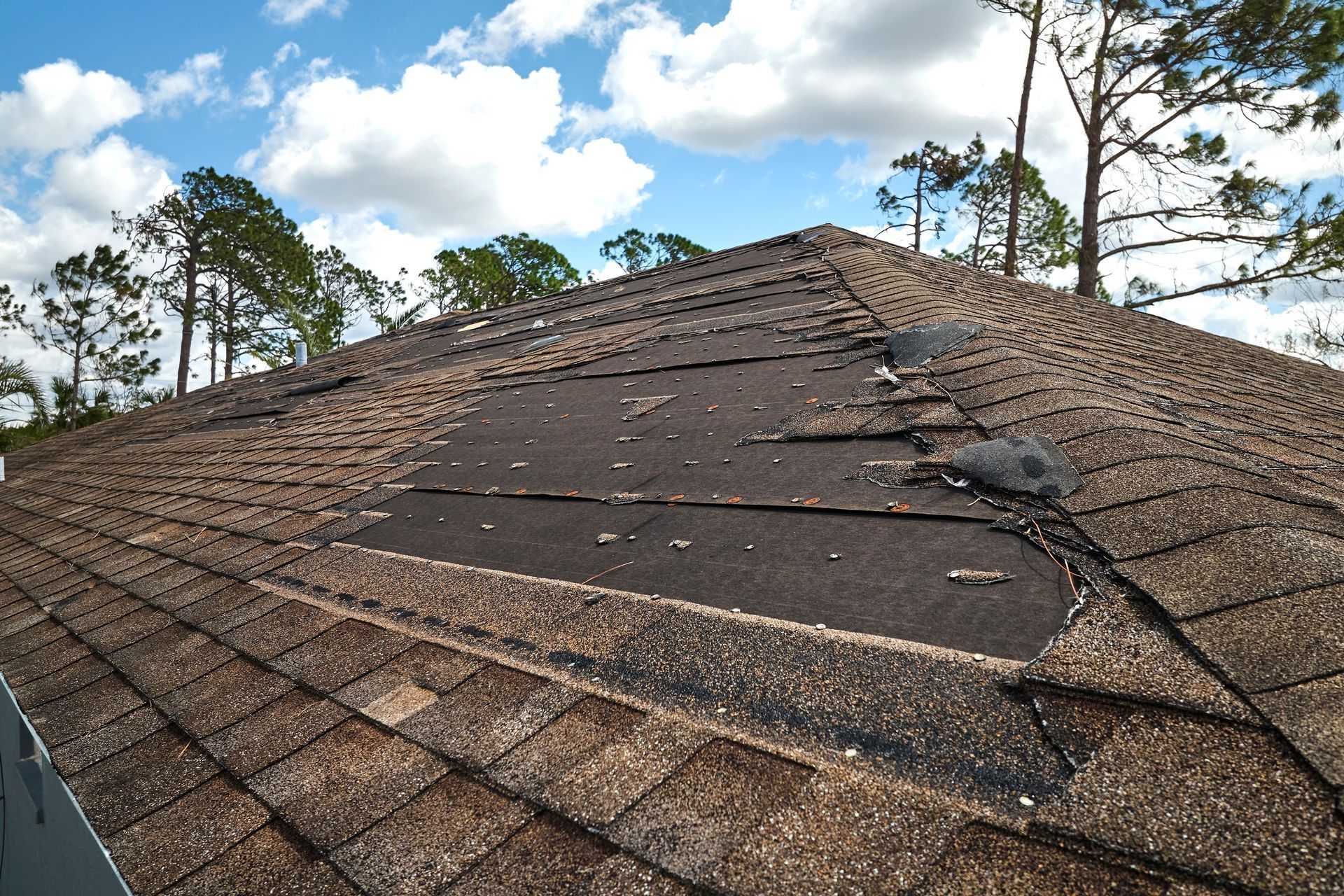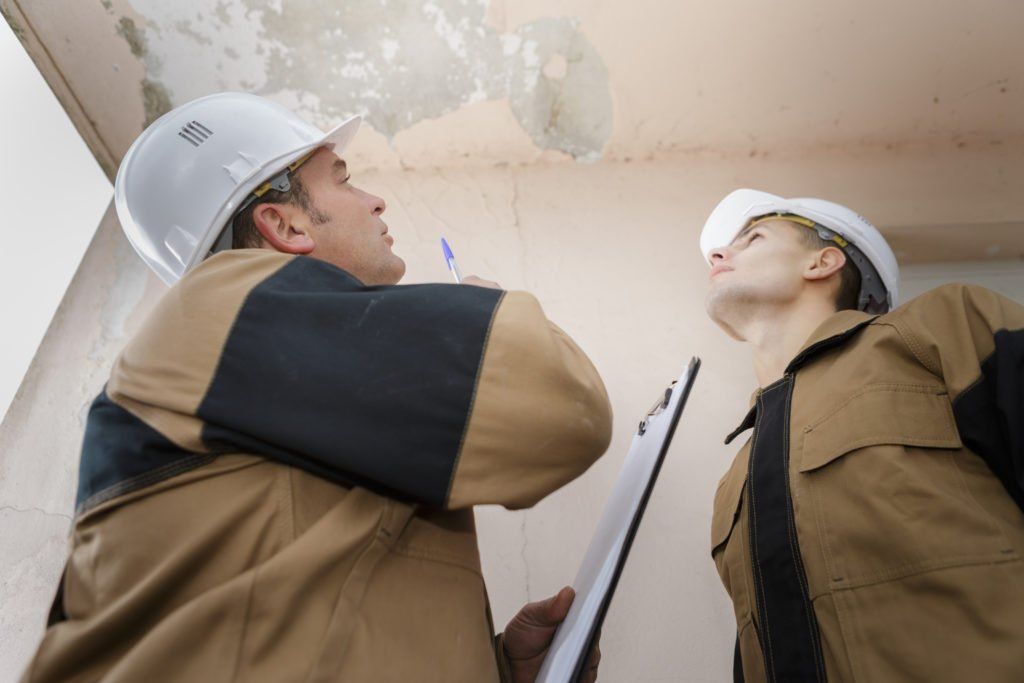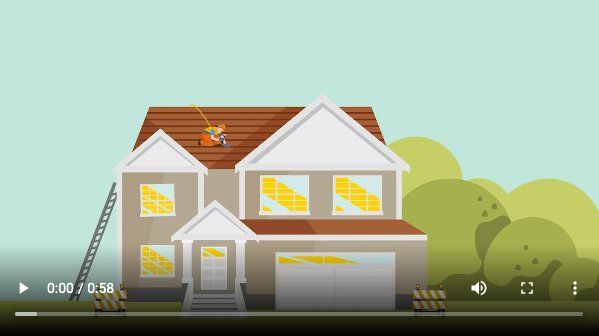Is Your Roof Ready for the Heat?

Temperatures have hit triple digits here in North Texas and it’s the perfect time to make sure that your roof is up to the task of handling the summer heat! As a top roofing contractor, we here at Ahlers recommend that you perform routine roof maintenance checks to help you spot areas of weakness early. To protect your property it’s important to detect and address wear and tear on your roof before it leads to more serious property damage. Here is our breakdown of a DIY roof assessment that you can do at home!
DIY Roof Assessment
Before you get started, keep in mind that it’s important to protect yourself in the summer as well as the winter and stormy seasons! We recommend doing your DIY roof assessment early in the morning before temperatures rise. It’s also important to wear gloves and protective eye-wear while you’re checking out your property.
Step One – Start with a walk around your home intentionally looking for any signs of wear on your roof. Look for shingle lift, damaged or missing shingles, moss or fungal growth, or any kind of debris that has accumulated in the corners or valleys of your roof. It’s helpful to use binoculars if they are available to be able to see your roof more clearly.
Step Two – Check to see if your flashing (the metal strips around your chimney, skylights, vents, etc.) has come loose or deteriorated. Flashing can be blown loose during harsh weather and high winds. Ensuring that it is secured before a storm will help reduce your risk of damage.
Step Three – Check for loose gutters. If you find any that have loosened over time, tighten all the bolts and make sure that they are angled and aligned so that water flows away from your house and doesn’t collect in any corners of your roof.
Step Four – Check the underside of your eaves for insect or bird nests and other debris accumulation that can promote rot and block water runoff. Also, check your gutters to make sure that they are clear. A simple way to do this is to run water through them with a garden hose. If the water flow is restricted, you may have a clog that needs addressing.
Additional Checks After A Storm
The North Texas summer is unique in the intensity of its wear on your roof. With high winds, humidity, soaring temps, and even an occasional hail storm, your roof assessment should have a few more steps after a summer storm.
Storm Check One – If possible (and safe to do so) it’s important to observe your roof during windy conditions. Thunderstorms, heavy rains, and high winds can all deteriorate the adhesive strips under your shingles. If you’ve recently had a summer storm, watching for shingle lift is key to avoid potential leaks and shingle blow-off.
Storm Check Two – Walk around your home and inspect any large trees that are near or over your roof. If any limbs have broken or cracked during a storm they can potentially cause significant damage to your roof. If you see any dead branches hanging or any signs of damage to your trees, it is important to have these weakened limbs removed.
If you discover any damage or deterioration to your roof during your DIY Roof Assessment, it’s time to call in a trusted local roofing contractor. Getting a professional roof inspection will put your mind at ease and give you a game plan for getting your roof back into good operating condition. (Click here to contact us, we’d love to give you a free professional roof inspection and cover all these items.) By doing routine assessments and needed maintenance, you’re setting yourself on track to meet or extend the life expectancy of your roof. That’s what we call protecting your property from the top down!
We hope you’re enjoying our Summer Heat series, check back in with us next time to address caring for the shade-giving staples of North Texas landscaping, your trees!
Recent Posts











